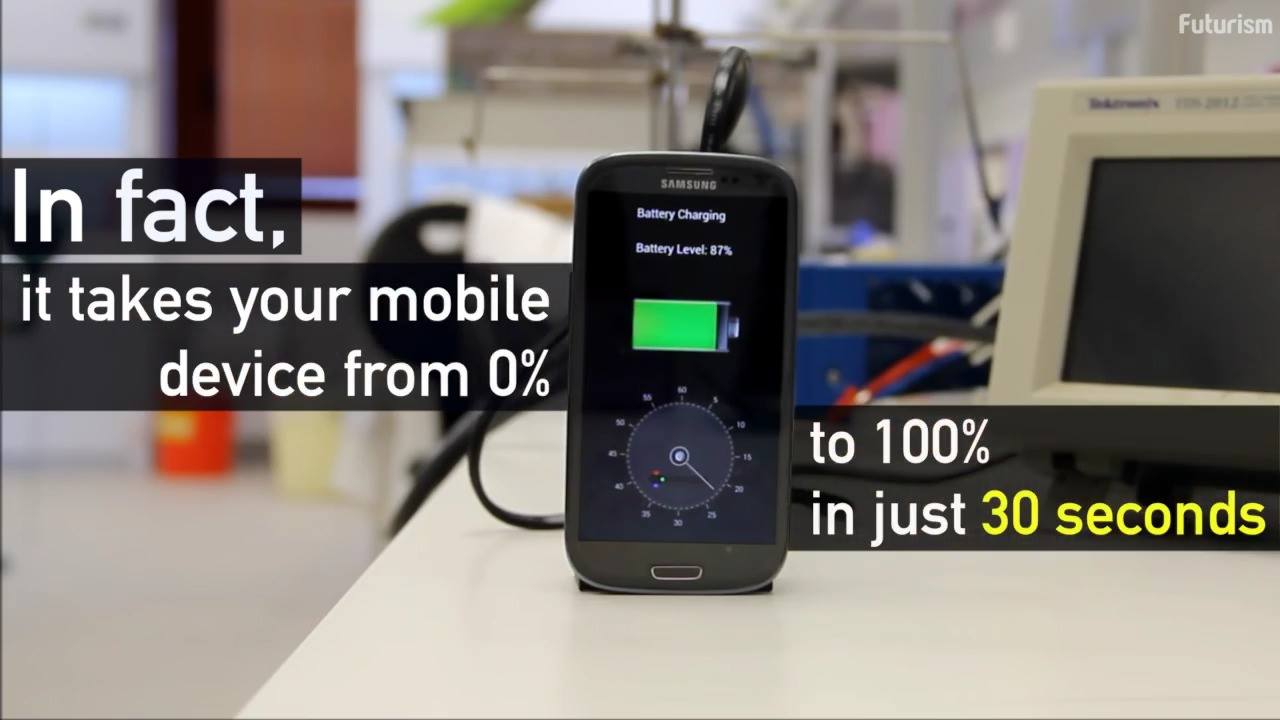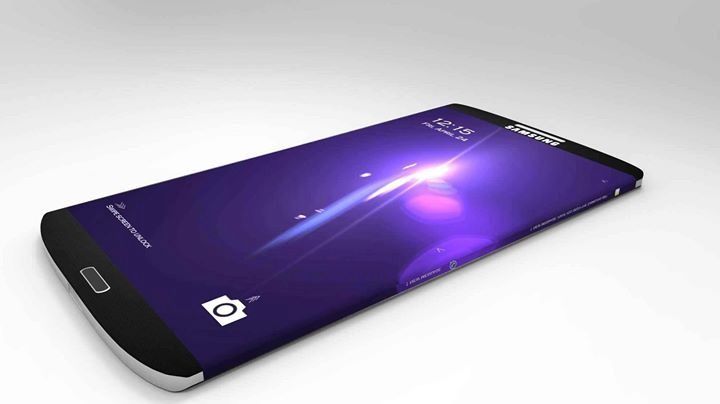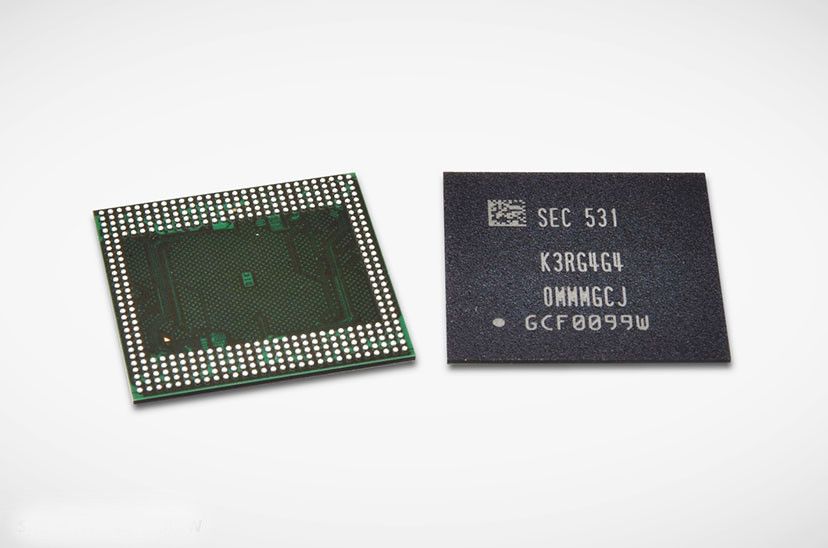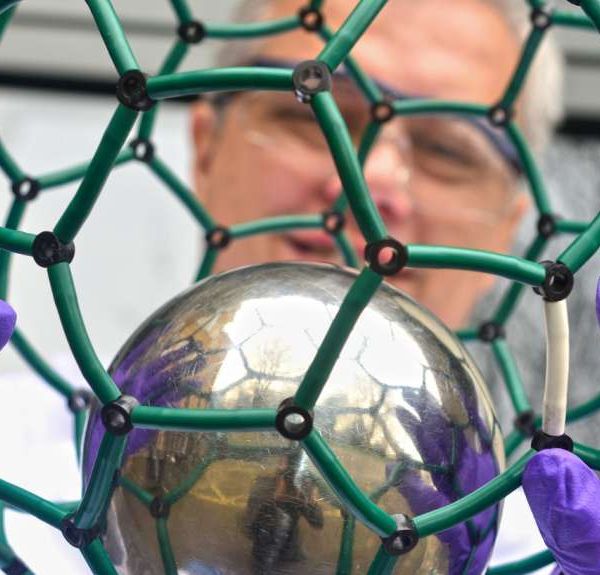Dec 16, 2015
First iPhone hacker built a self-driving car with Linux
Posted by Shailesh Prasad in categories: mobile phones, robotics/AI, transportation
Wait, what? You might be asking yourself what inspired a hacker by the name of George Hotz to build his own self-driving car. That’s what we wanted to know, too. It would seem that Hotz decided to kick out a self-driving car using a 2016 Acura ILX in “about a month.” He’s using Ubuntu Linux as his operating system and has an absurdly massive 21.5-inch display sitting in the middle. A flight navigator joystick rests between the front two seats which, when triggered, engages a fully operational self-driving vehicle system.
Hots spoke with Bloomberg earlier this year for a report this week, showing reporters what his vehicle can do out on the highway back a few days before Thanksgiving. The vehicle is nowhere near a production-level sort of setup, looking more like Hotz ripped the cords out of several machines and bashed them together inside his vehicle — but it works. It all works.
Continue reading “First iPhone hacker built a self-driving car with Linux” »



















